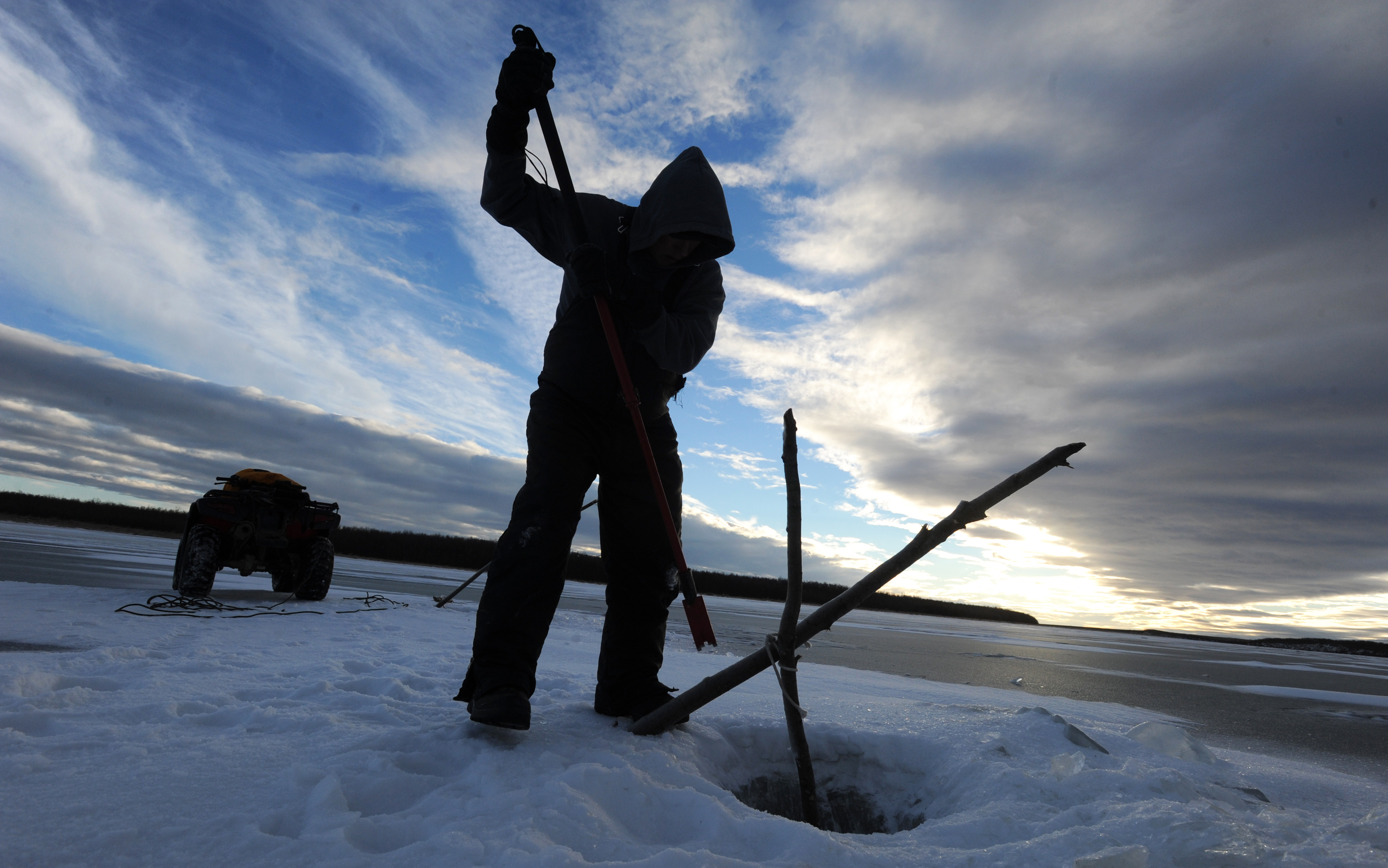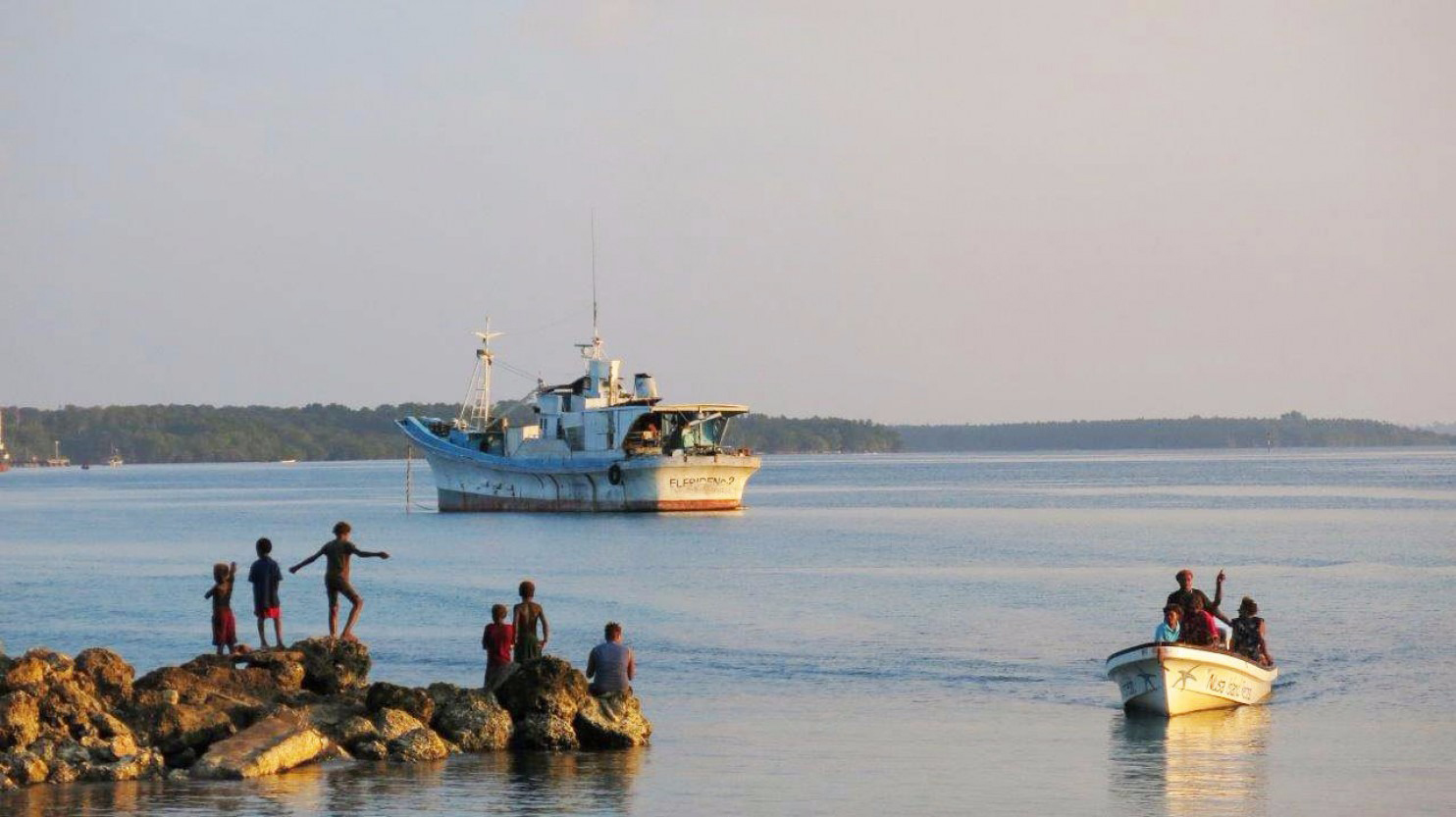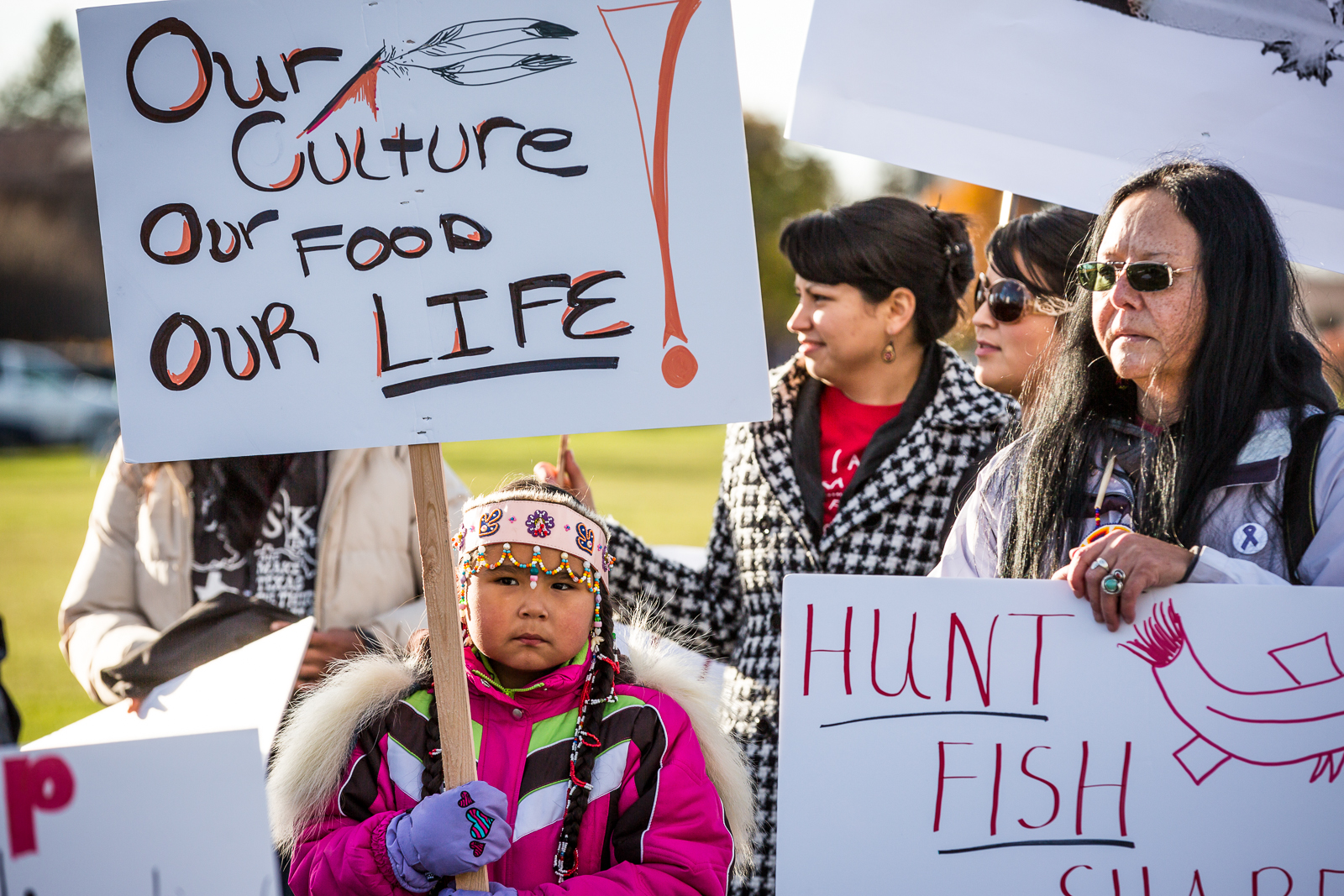Indigenous peoples of the world’s coastlines are losing their fisheries – and their way of life

The world loves seafood. According to some estimates, people consumed about 102 million tons of it last year.
A new study released Friday by the University of British Columbia shows that indigenous people who live on the world’s coasts are definitely hooked. They consume 15 times more seafood per capita than people in other parts of the world, about 2.3 million tons, or about 2 percent of the global catch, the study said.
They don’t simply catch and eat fish and other seafood. It’s the heart of communities, the center of culture and religion, a gift from the heavens. Seafood is crucial to the cultures of coastal indigenous people in the Americas, Asia, Africa and the Arctic, among other places, and overfishing and the ocean-wide movement of fish due to climate change could wipe those resources out.
On the coast of Africa at the equator, huge commercial ships are starting to encroach on native fishing areas as ocean stocks diminish. In places such as Madagascar, the stocks of community fisheries have been nearly lost.
“These big industrial fisheries are chasing the fish. In west Africa, larger vessels are moving closer and closer to shore,” said Andrés Cisneros-Montemayor, research associate at the University of British Columbia and a lead author of the study published in PLOS One. “A lot of these indigenous communities, all they have are dug out canoes.”
“What you’ve seen is as people have less access to their traditional fishing ground,” Montemayor said. “People have turned to eating more food in the stores. People are wondering about the effects on their health. There’s an elevation in cases of diabetes.”

Coastal communities greatly rely on fishing, but no one knew exactly how much indigenous people on the coast need fish.
Policymakers around the world who sought to understand the impacts of overfishing, encroachment on community fisheries and climate change had on coastal communities lacked basic information. Montemayor said that’s why his team of researchers embarked on the study.
They used United Nations data to discover and define indigenous populations. According to the data, there are about 370 million people are considered to be indigenous, five percent of the world’s population. They are mostly racial and ethnic minorities who are native inhabitants of their regions. Some are recognized by governments and some are not.
Coastal indigenous cultures are even more distinct, about 27 million people in nearly 2,000 communities in 87 countries. Although they represent a sliver of the world population, there isn’t a part of the world where native coastal people don’t live.
They include people in the Pacific Northwest in the United States and Canada, and in the Arctic regions of those countries. Australia, New Zealand, Latin America, the Caribbean and Europe are just a few of the places they’ve populated for centuries as the world developed around them.

The researchers created a database to help determine how much of the global catch is consumed where coastal indigenous people live. They discovered that coastal indigenous took 165 pounds per person as opposed to the 44 pounds per person consumed in the rest of the world.
But the study was limited. Because consumption trends have not been tracked, it could not show if coastal natives were eating more or less fish than they had in the past.
‘That’s why these baseline studies are so important,” Montemayor said. “Since this is the first one, we have no number to compare it with. But people on the ground have noticed a big decline in consumption of these foods. People have noticed a decline in their culture and social cohesion.”
In the Pacific Northwest, the Swinomish Indian Tribal Community watched as salmon runs from the oceans to rivers diminished because of development. Last year, as a drought plagued nearly all parts of the West, they watched and worried as disease that developed in warmer waters resulted in record fish kills in areas where salmon make spawning runs.
“I grew up always having salmon,” Lorraine Loomis, fisheries director for the tribal community, said at the time. Her culture is so intertwined with the migratory fish that they’re called the “People of the Salmon.” Salmon feasts marked every phase of life on the reservation north of Seattle – naming ceremonies, weddings, funerals, memorials to the dead. Now they are few, she said.
“A lot of communities are very similar, their food and cultural practices. What do they do if the fish are gone? Montemayor asked. “We are at risk of losing human cultures that have been around for thousands of years, which makes this issue much more than environmental,” he said.